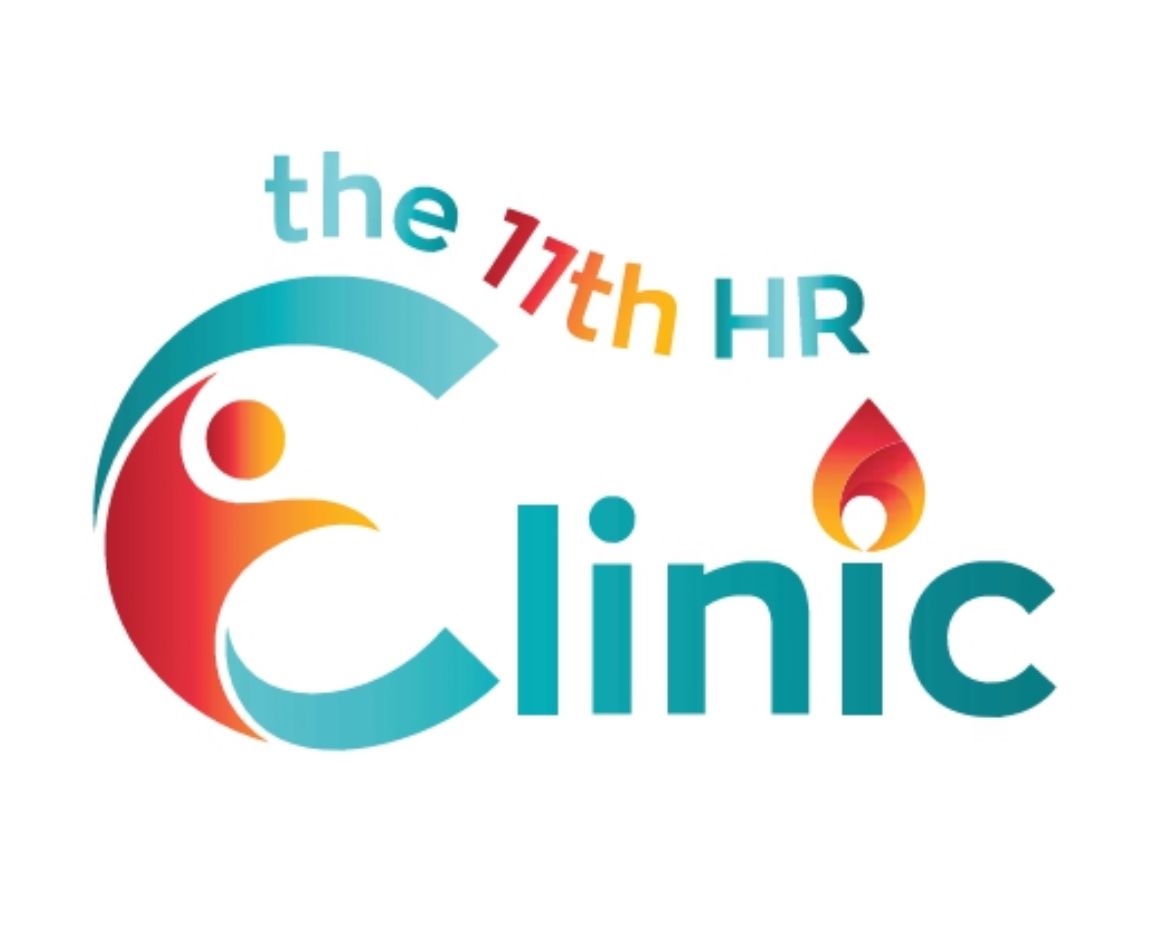Digital Overload in the Modern Workplace
How constant connectivity drives fatigue and evidence-based strategies for resilience
When flexibility becomes fatigue
Remote and hybrid work have transformed how we live and work. What once felt like a liberating break from the office has, for many, become a double-edged sword. With endless notifications, back-to-back video meetings, and little separation between home and work, many workers report a sense of constant exhaustion. This is more than just being “tired of screens.” Research shows that digital overload can lead to cognitive burnout: a state where our ability to think clearly, regulate emotions, and make sound decisions begins to break down. The good news? With awareness and evidence-based strategies digital, digital burnout can be prevented and even reversed.
What exactly is digital fatigue?
Digital fatigue refers to the physical, emotional, and cognitive exhaustion that arises from prolonged digital engagement. It is linked to attention deficits, eye strain, disrupted sleep, and decreased productivity (Lee, 2024). Unlike simple tiredness, this form of fatigue builds gradually through constant multitasking, excessive screen exposure, and blurred work-life boundaries (Rahmi & Kusumawati, 2025). For some, this means struggling to focus after hours of screen time. For others, it shows up as irritability, reduced creativity, or difficulty making even simple decisions. Over time, this can become a barrier not only to productivity but to mental wellbeing.
The neuroscience of burnout
Burnout is more than a metaphor, it can cause measurable changes in the brain. Prolonged stress and digital overload have been linked to alterations in the prefrontal cortex and amygdala, areas critical for decision-making and emotional regulation (Golkar et al., 2014). While fatigue may improve with rest, true burnout often requires 3–6 months of recovery involving boundary-setting and restorative habits (West et al., 2018). This distinction is crucial: fatigue is temporary, but burnout is chronic. Left unmanaged, it undermines cognitive function, emotional stability, and even long-term health.
Zoom fatigue and self-presentation pressure
Video calls, once hailed as efficient solutions, are now recognised as significant contributors to cognitive strain. Research highlights that dissatisfaction with one’s facial appearance during video calls intensifies Zoom fatigue, leading to emotional exhaustion and reduced engagement (Reer & Krämer, 2025). The constant self-view, combined with the unnatural dynamics of online interaction, forces our brains to work harder to interpret social cues (Bailenson, 2021). Interestingly, using calming backgrounds—such as forests or beaches—has been shown to ease these effects by reducing self-presentation pressure (Fauville et al., 2022).
The hidden costs of constant connectivity
While digital tools improve flexibility, they also extend the workday, fuel multitasking, and erode recovery time. A systematic review concluded that excessive digital connectivity is directly linked to higher burnout risk, impaired focus, and lower overall wellbeing (Niu et al., 2025). These findings align with studies showing that our brains are poorly adapted to constant multitasking, which increases stress and reduces cognitive efficiency (Mark et al., 2017). In other words, the very tools meant to help us do more are often leaving us depleted and less effective.
Practical strategies to reclaim clarity
The science suggests that reversing digital burnout is less about removing technology and more about reshaping our relationship with it. Evidence-based strategies include:
- Digital hygiene: Take structured screen breaks every 60–90 minutes; create “tech-free zones” to restore attention (Lee, 2024).
- Work boundaries: Set clear start and end times; use rituals to transition in and out of “work mode” (West et al., 2018).
- Ergonomic design: Adjust lighting, screen height, and seating to reduce physical strain that compounds mental fatigue (Gao et al., 2020).
- Mindfulness & micro-breaks: Even two-minute mindfulness practices significantly reduce digital fatigue (Spijkerman et al., 2016).
- Nature exposure: Both in real life and through virtual backgrounds, nature cues restore focus and reduce fatigue (Berman et al., 2008; Fauville et al., 2022).
The 11th hour clinic’s approach
At the 11th hour clinic, we integrate these strategies into a bio-psycho-social model of care, combining psychological support, cognitive-behavioural techniques, and workplace coaching. Our goal is not just to treat symptoms, but to restore sustainable clarity and resilience helping people reclaim focus in an increasingly digital world.
Digital overload is not simply a nuisance of modern work. It is a cognitive and psychological risk factor. The blurring of home and office, endless notifications, and pressure of constant self-presentation can erode clarity and wellbeing. Yet by setting healthy boundaries, applying evidence-based strategies, and seeking the right support, recovery is possible. In fact, digital life can be rebalanced to empower rather than exhaust us.
References
Bailenson, J. N. (2021). Nonverbal overload: A theoretical argument for the causes of Zoom fatigue. Technology, Mind, and Behavior, 2(1).
Berman, M. G., Jonides, J., & Kaplan, S. (2008). The cognitive benefits of interacting with nature. Psychological Science, 19(12), 1207–1212.
Fauville, G., Luo, M., Queiroz, A. C. M., Bailenson, J. N., & Hancock, J. (2022). Zoom exhaustion & fatigue scale. Computers in Human Behavior Reports, 7, 100206.
Gao, Y., Ouyang, Z., Jiang, P., & Zhang, L. (2020). Effects of ergonomic interventions on work-related musculoskeletal disorders among computer workers: A systematic review. Applied Ergonomics, 82, 102950.
Golkar, A., Johansson, E., Kasahara, M., Osika, W., Perski, A., & Savic, I. (2014). The influence of work-related chronic stress on the regulation of emotion and functional connectivity in the brain. PLoS ONE, 9(9), e104550.
Lee, S. Y. (2024). Digital fatigue and productivity loss: Understanding the new workplace challenge. International Journal of Occupational Health Psychology, 29(3), 211–223.
Mark, G., Gudith, D., & Klocke, U. (2017). The cost of interrupted work: More speed and stress. Proceedings of the SIGCHI Conference on Human Factors in Computing Systems, 107–110.
Niu, X., Li, H., & Wang, J. (2025). Digital connectivity and employee wellbeing: A systematic review. International Journal of Environmental Research and Public Health, 22(6), 845.
Rahmi, K., & Kusumawati, D. (2025). The impact of digital fatigue on employee productivity and well-being: A scoping literature review. Journal of Occupational Health and Psychology, 40(1), 77–92.
Reer, F., & Krämer, N. (2025). Self-presentation concerns and video conferencing fatigue: The mediating role of appearance dissatisfaction. PLOS ONE, 20(2), e0301065.
Spijkerman, M. P. J., Pots, W. T. M., & Bohlmeijer, E. T. (2016). Effectiveness of online mindfulness interventions on mental health: A systematic review and meta-analysis. Clinical Psychology Review, 45, 102–114.
West, C. P., Dyrbye, L. N., Satele, D. V., Sloan, J. A., & Shanafelt, T. D. (2018). Concurrent validity of single-item measures of emotional exhaustion and depersonalization in burnout assessment. Journal of General Internal Medicine, 33(9), 1440–1444.



